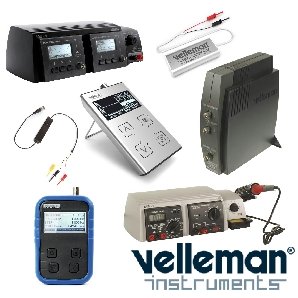Hi everyone, I have a Marshall 9200 dual mono, I would like to learn how to adjust the bias after replacing both the power tubes and the phase inversion and pre tubes. Not having any data available, I contacted Marshall and regarding this amplifier they gave me this answer;
(The 9200 isn't as straight forward as a standard valve amp…
It requires setting up using a signal generator, a dummy load and an oscilloscope.
The Bias should be set for 35mA per valve using RV1 & RV4 with respect to which channel they supply.
The amplifier will also require balancing using RV2 & RV3 with respect to the channel you are balancing).
I also don't understand why in the answer that Marshall gave me in the email he calls the RV valves in the diagrams they are not mentioned with RV. Now I have had some occasion to adjust the bias on simpler amplifiers such as the TSL60, but I don't have much experience with this 9200 and would like to learn. I noticed that there is a potentiometer for the balance I think for the phase inverter and a pot bias for the final valves, I don't understand if there is a procedure if you start first by adjusting the phase inverter balance and then the bias of the power valves. How should the adjustment procedure take place? I connect an analog bf generator to the input of the amp but I don't know what frequency to set it to, then I connect a dummy 8 ohm load instead of the speakers, at this point with a multimeter I should connect to pin 8 of the 5881. With the oscilloscope I imagine you need to check the alignment of the sinusoid. Since the amplifier is mine I have all the time and patience to learn, I don't know if any of you have ever had to deal with this model.
(The 9200 isn't as straight forward as a standard valve amp…
It requires setting up using a signal generator, a dummy load and an oscilloscope.
The Bias should be set for 35mA per valve using RV1 & RV4 with respect to which channel they supply.
The amplifier will also require balancing using RV2 & RV3 with respect to the channel you are balancing).
I also don't understand why in the answer that Marshall gave me in the email he calls the RV valves in the diagrams they are not mentioned with RV. Now I have had some occasion to adjust the bias on simpler amplifiers such as the TSL60, but I don't have much experience with this 9200 and would like to learn. I noticed that there is a potentiometer for the balance I think for the phase inverter and a pot bias for the final valves, I don't understand if there is a procedure if you start first by adjusting the phase inverter balance and then the bias of the power valves. How should the adjustment procedure take place? I connect an analog bf generator to the input of the amp but I don't know what frequency to set it to, then I connect a dummy 8 ohm load instead of the speakers, at this point with a multimeter I should connect to pin 8 of the 5881. With the oscilloscope I imagine you need to check the alignment of the sinusoid. Since the amplifier is mine I have all the time and patience to learn, I don't know if any of you have ever had to deal with this model.



